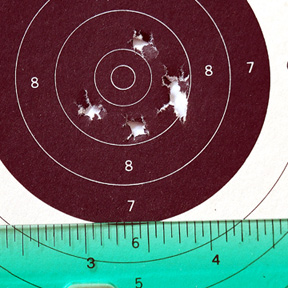The apparent neutron-star radius during bursts
 Measuring the radius of neutron stars is hard — ask anyone. (They're really small, and really far away; imagine trying to measure something the width of a human hair... on Pluto). The X-ray emission during the bursts seems to come from the entire surface, and is consistent with a blackbody, so it should be possible to infer the radius indirectly, but the apparent radius behaves in very unexpected ways — usually increasing or decreasing during the burst. Sudip Bhattacharyya & Cole Miller found a correlation between the slope of the radius evolution and the duration of the burst (a proxy for the burst fuel composition), based on the data from the RXTE burst catalog. Our paper was just accepted by MNRAS.
Measuring the radius of neutron stars is hard — ask anyone. (They're really small, and really far away; imagine trying to measure something the width of a human hair... on Pluto). The X-ray emission during the bursts seems to come from the entire surface, and is consistent with a blackbody, so it should be possible to infer the radius indirectly, but the apparent radius behaves in very unexpected ways — usually increasing or decreasing during the burst. Sudip Bhattacharyya & Cole Miller found a correlation between the slope of the radius evolution and the duration of the burst (a proxy for the burst fuel composition), based on the data from the RXTE burst catalog. Our paper was just accepted by MNRAS.
Read the paper (arXiv.org:0908:4245)
Astronomers get neutron star's measure @ ABC Science
Labels: 2009, /thermonuclear bursts




